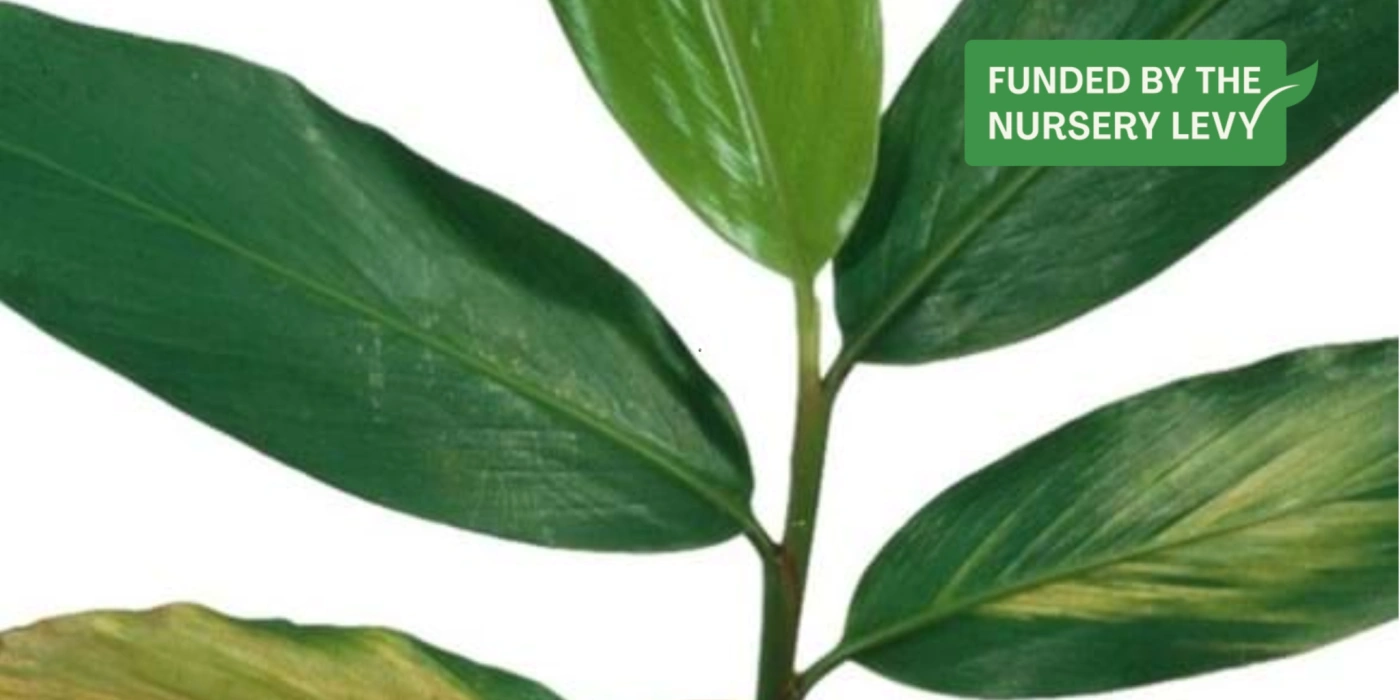February 2024 pest of the month: Leaf Nematodes
16 February 2024

16 February 2024
Leaf nematodes are uncommon nursery crop pathogens that favour wet and humid conditions.
Microscopic, the damage they cause plants is usually identified by angular chlorotic (yellow) or necrotic (brown) blotches or streaks, often following leaf veins.
Foliar nematodes are typically from the genus Aphelenchoides and can infect hundreds of plant species including:
- chrysanthemum
- dahlia
- ferns
- geranium
- ginger
- lavender
- peperomia
- strawberry
- verbena.
They can also infect many other foliage and potted colour crops.
Leaf nematodes spread during plant propagation, as mother stock can be infected even when appearing healthy. Leaf nematodes can also spread between plants in production areas if leaves touch adjacent infected plants, and from water splash during irrigation, misting or rainfall events. They may be present in dead or dying organic material that later contacts healthy plants.
To prevent leaf nematode spread, only take propagative material from mother plants that are healthy and have never had leaf nematode infestations.
Monitor susceptible plants and quarantine or remove them from the growing area promptly. Keep growing areas clean, and free of dead and decaying organic matter. Avoid re-using containers and trays that have contained infested plants.
If you experience a leaf nematode outbreak and/or need an identification, you can send specimens to Grow Help Australia (https://www.business.qld.gov.au/industries/farms-fishing-forestry/agriculture/crops/test/grow-help-australia/tests). Each year, all production nurseries receive six free pest or disease diagnostic samples.
For more information on the biology and management of nematodes:
- visit the Pest ID tool at https://pestid.com.au/login
- read the leaf nematode nursery factsheet at https://nurseryproductionfms.com.au/download/pest-and-disease-fact-sheet-nematodes/
Ginger (Left) and Fern (right) with leaf nematodes.

